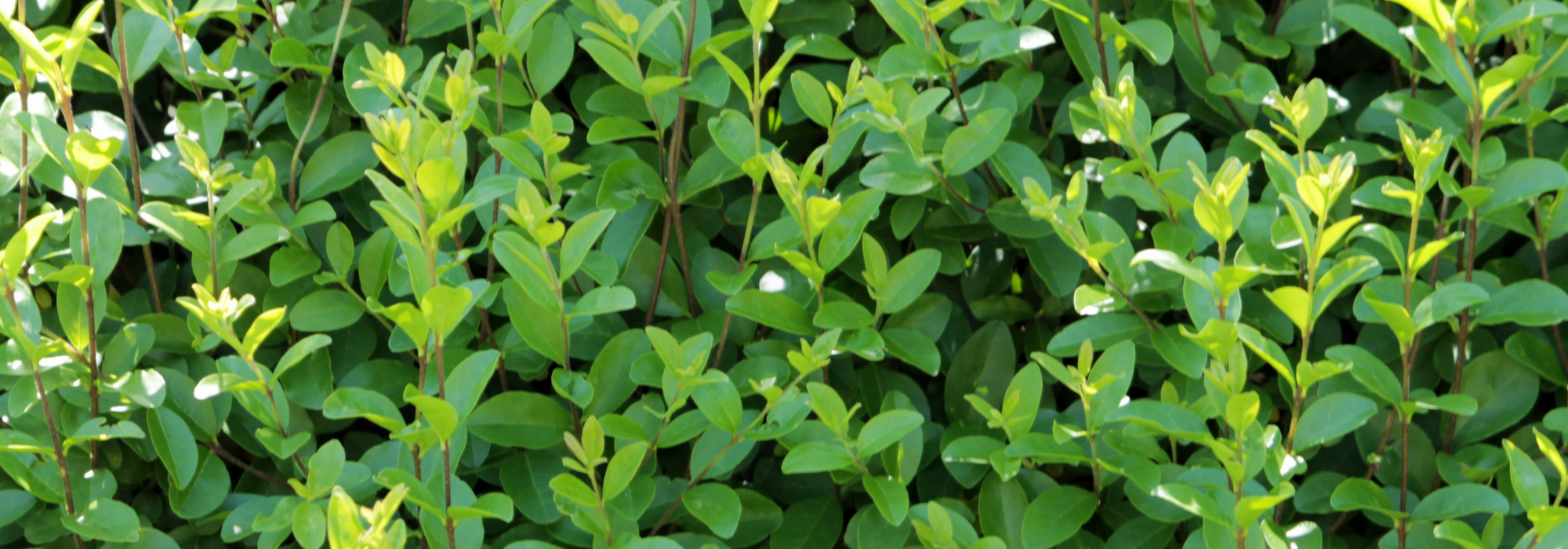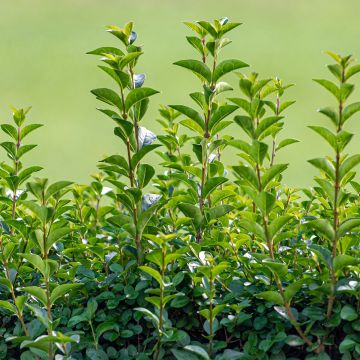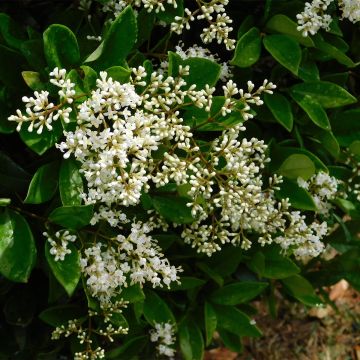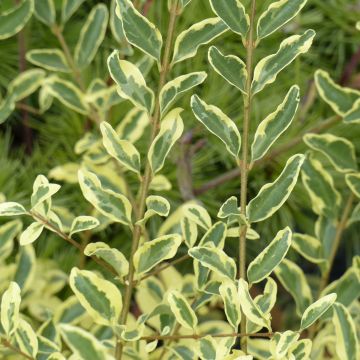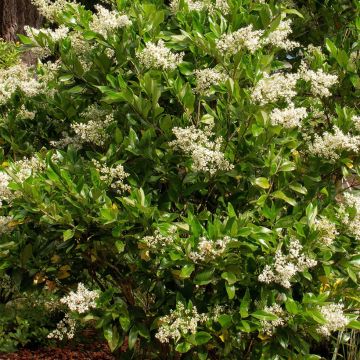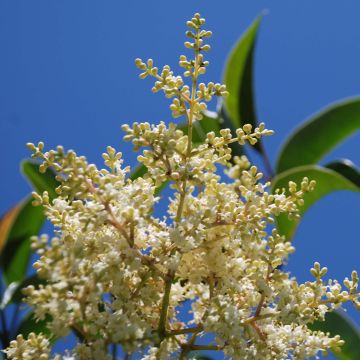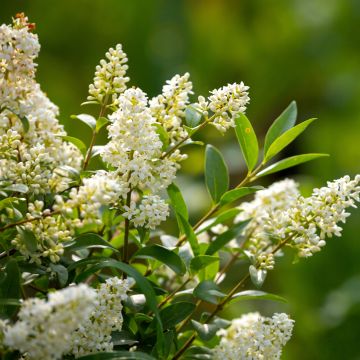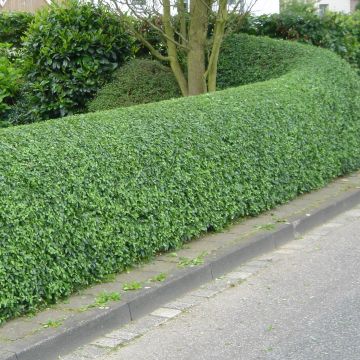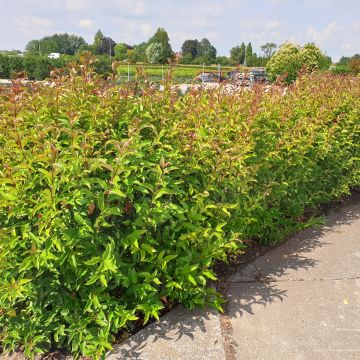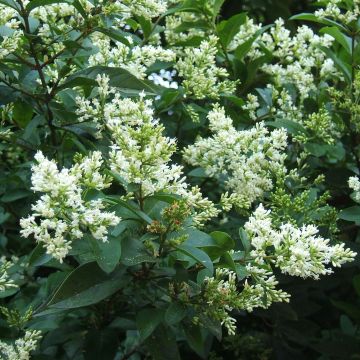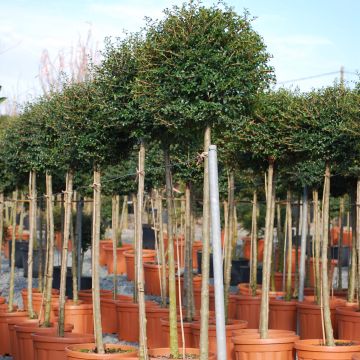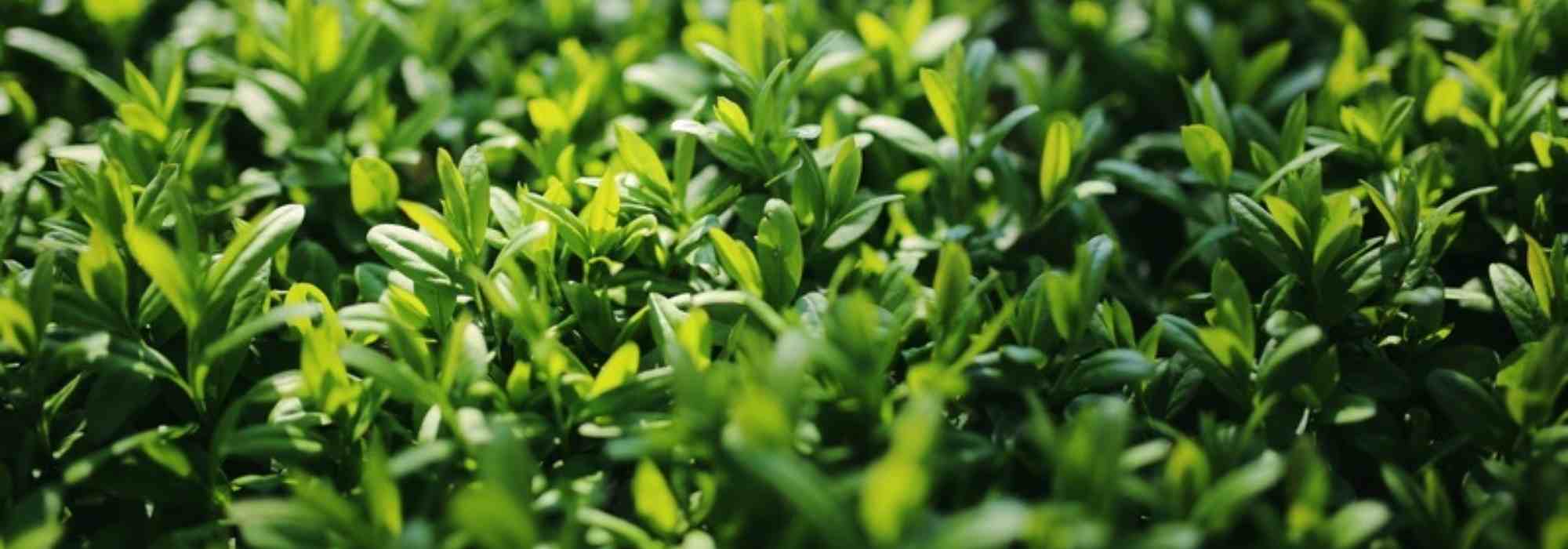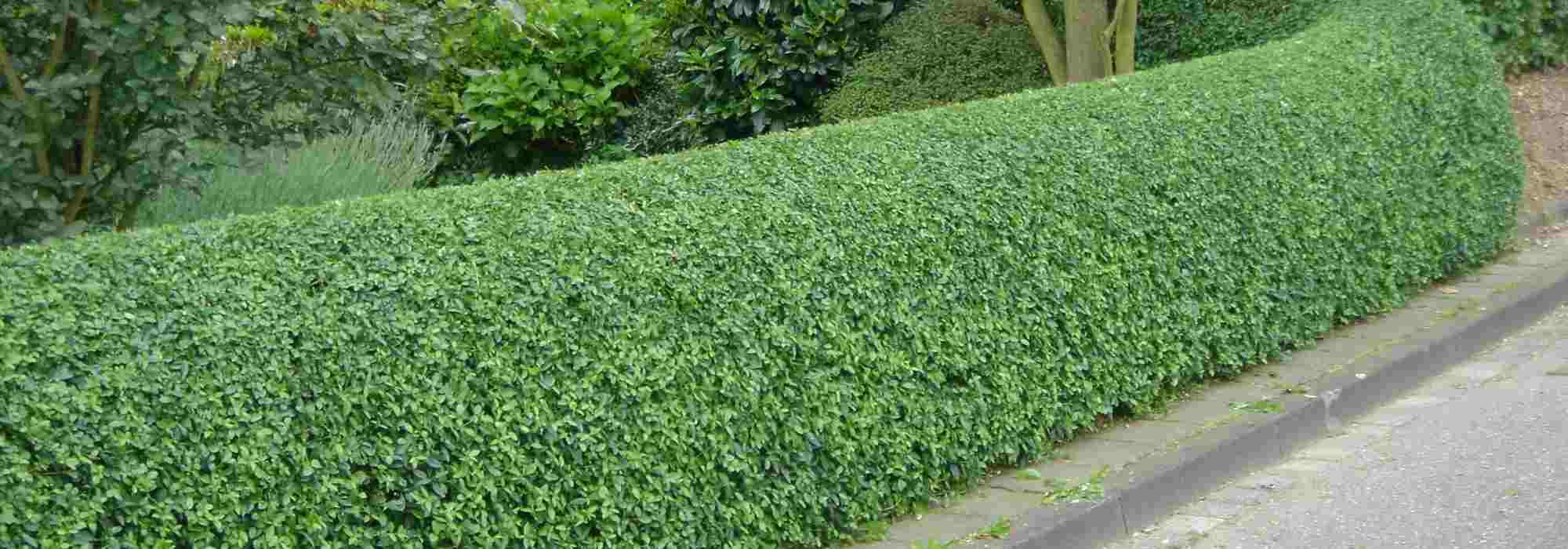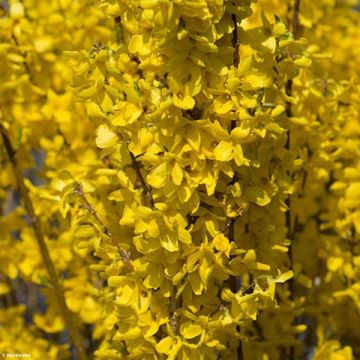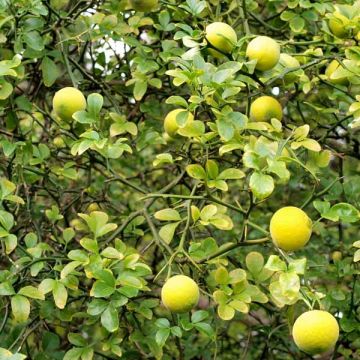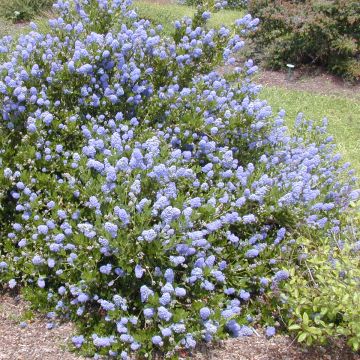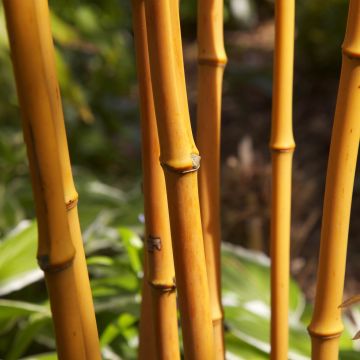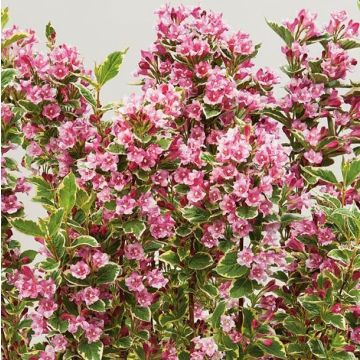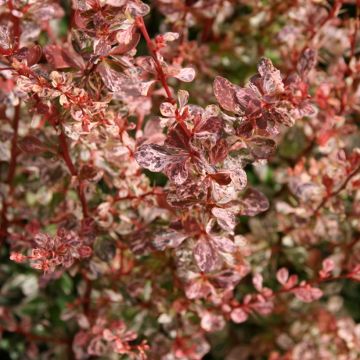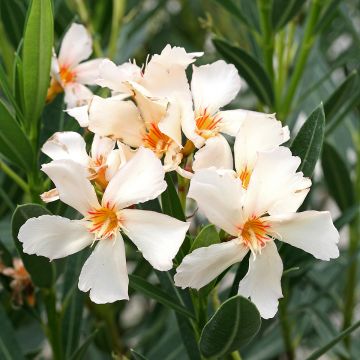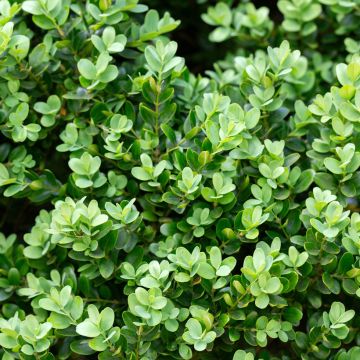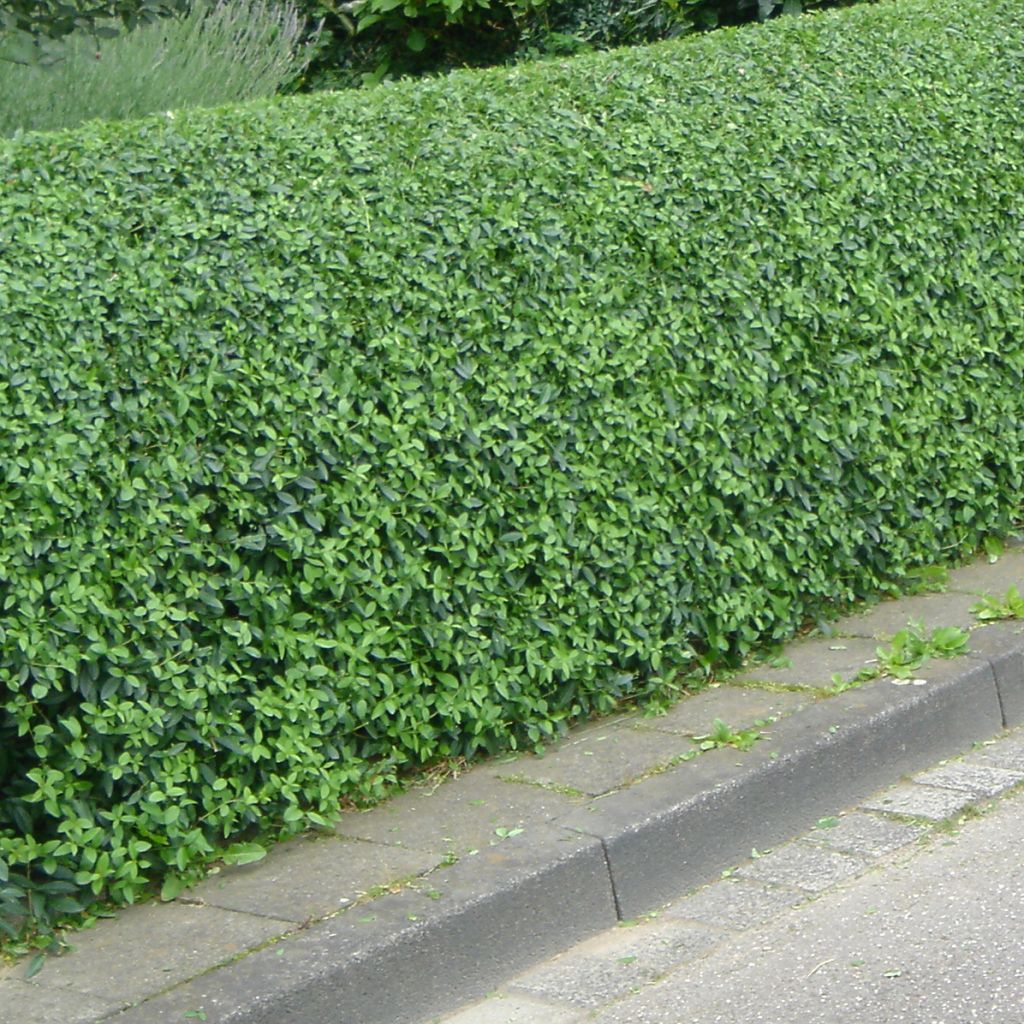

Common Privet - Ligustrum vulgare Lodense
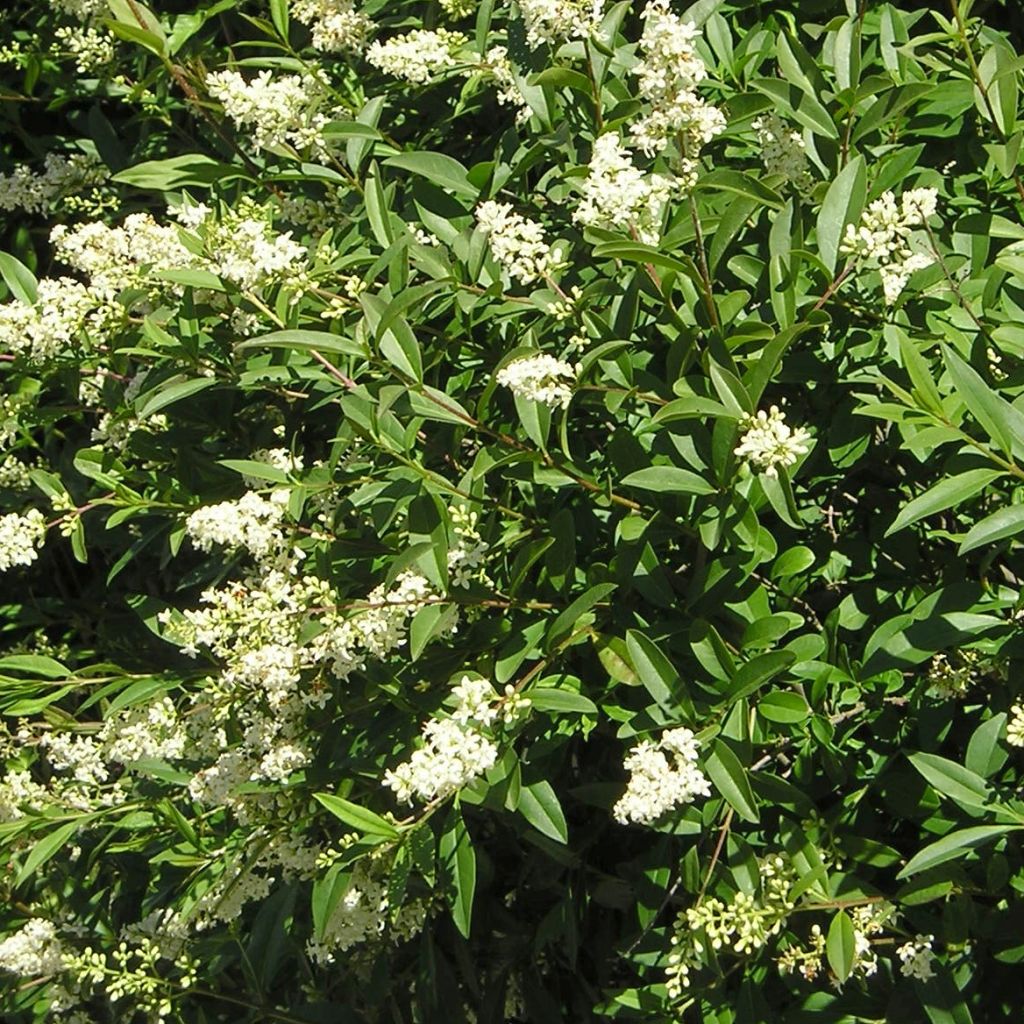

Common Privet - Ligustrum vulgare Lodense
Common Privet - Ligustrum vulgare Lodense
Ligustrum vulgare Lodense
Common Privet, European Privet, Prim, Prim-cut
Complete satisfaction, just like when I placed my order in 2023. I highly recommend.
Jean-Marie, 30/01/2024
Special offer!
Receive a €20 voucher for any order over €90 (excluding delivery costs, credit notes, and plastic-free options)!
1- Add your favorite plants to your cart.
2- Once you have reached €90, confirm your order (you can even choose the delivery date!).
3- As soon as your order is shipped, you will receive an email containing your voucher code, valid for 3 months (90 days).
Your voucher is unique and can only be used once, for any order with a minimum value of €20, excluding delivery costs.
Can be combined with other current offers, non-divisible and non-refundable.
Home or relay delivery (depending on size and destination)
Schedule delivery date,
and select date in basket
This plant carries a 24 months recovery warranty
More information
We guarantee the quality of our plants for a full growing cycle, and will replace at our expense any plant that fails to recover under normal climatic and planting conditions.
Does this plant fit my garden?
Set up your Plantfit profile →
Description
Lodense Ligustrum vulgare, or Common Privet or European Privet, is a small variety with semi-evergreen to evergreen foliage (depending on the climate). Its creamy white and fragrant flowering in early summer is followed by a crop of black berries in autumn. Its many qualities contribute to its excellence award in the category of Low Hedge Bushes.
Originating from Europe, this small-sized privet has a bushy habit and upright stems. It grows relatively slowly, with Lodense Common Privet reaching approximately 80 cm (31.5 in) to 1 m (3.3 ft) in all directions. Its intensely branched foliage consists of narrow, oval, lanceolate leaves measuring between 3 and 5 cm (2 in) in length and appearing very early in spring. It turns a beautiful bronze colour in autumn. In June-July, small creamy white flowers with a strong fragrance and melliferous properties appear in panicles measuring 10 to 12 centimetres (3.9 - 4.7 inches). Following the flowering, small spherical black berries appear in autumn and winter. The privet's leaves, flowers, and fruits are toxic to humans and animals if ingested. Protective measures should also be taken during pruning.
Extremely hardy and easy to grow, Lodense privet thrives in ordinary soil and can tolerate full sun and partial shade conditions. This variety is well-suited for creating low hedges of 1 metre (3.3 ft) and windbreaks, thanks to its small size, hardiness, dense branching, and high tolerance for repeated pruning. It also works well planted in groups, beds, borders, rockeries, standalone plants, wild hedges, pots, or terraces. Highly decorative due to its compact and bushy habit, Lodense privet can be planted in various ways:
It can be combined with other flowering shrubs such as Ceanothus, Spiraea, Hibiscus, Buddleia, Lavatera, and perennial plants such as Gaura Lindheimeri, Verbena bonariensis, Tree Lupin for a beautiful wild flowering hedge. However, the roots of the privet may harm perennial plants growing around it, so it is recommended to leave enough space between the privet and other plants.
It is particularly well-suited for topiary pruning (in the form of balls or other shapes) and container gardening. Pairing it with other pruned shrubs of different shapes and foliage creates a graphical and minimalist design.
Properties: With its highly fragrant flowers that produce a large amount of pollen, making it highly attractive to bees, this privet contributes to preserving these essential pollinators. However, its pollen can cause allergies in some individuals, so caution should be taken when planting it. Additionally, the privet is highly resistant to pollution, making it an excellent choice for urban areas.
Common Privet - Ligustrum vulgare Lodense in pictures
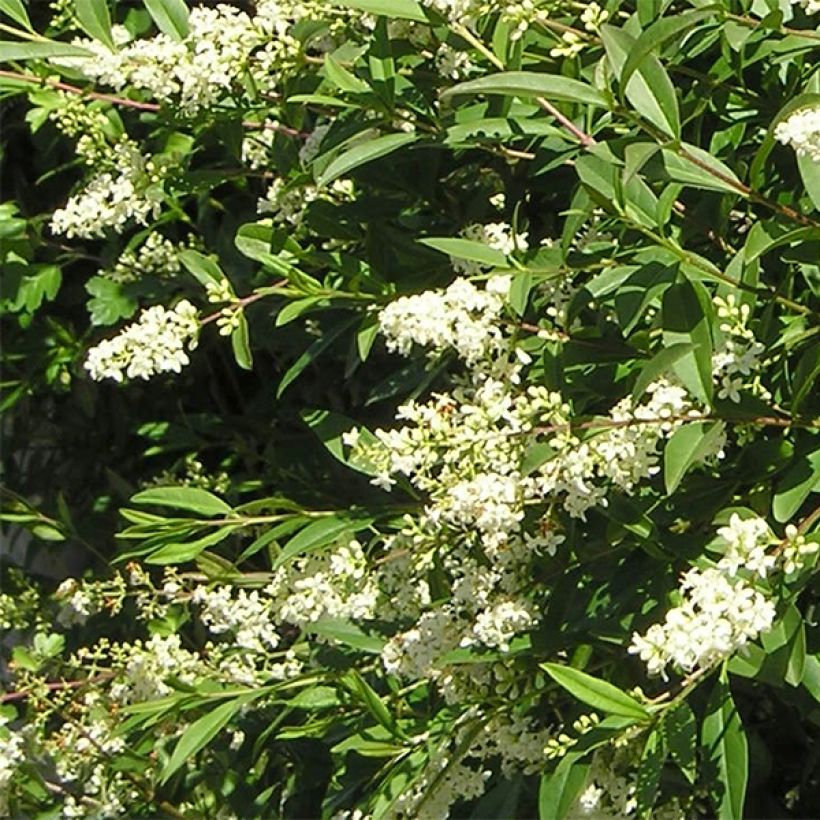

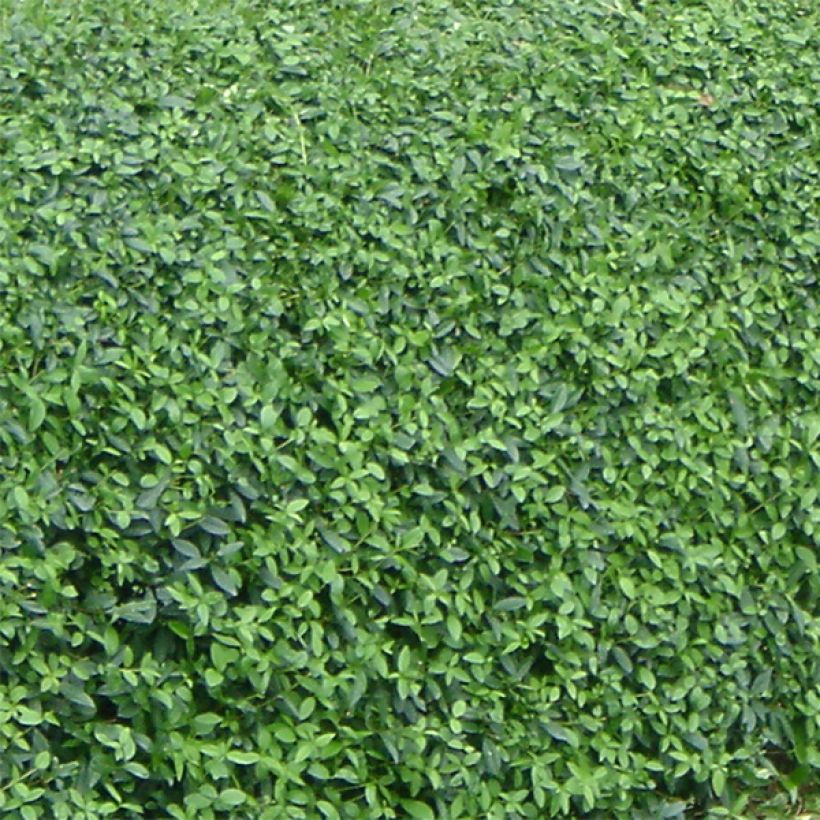

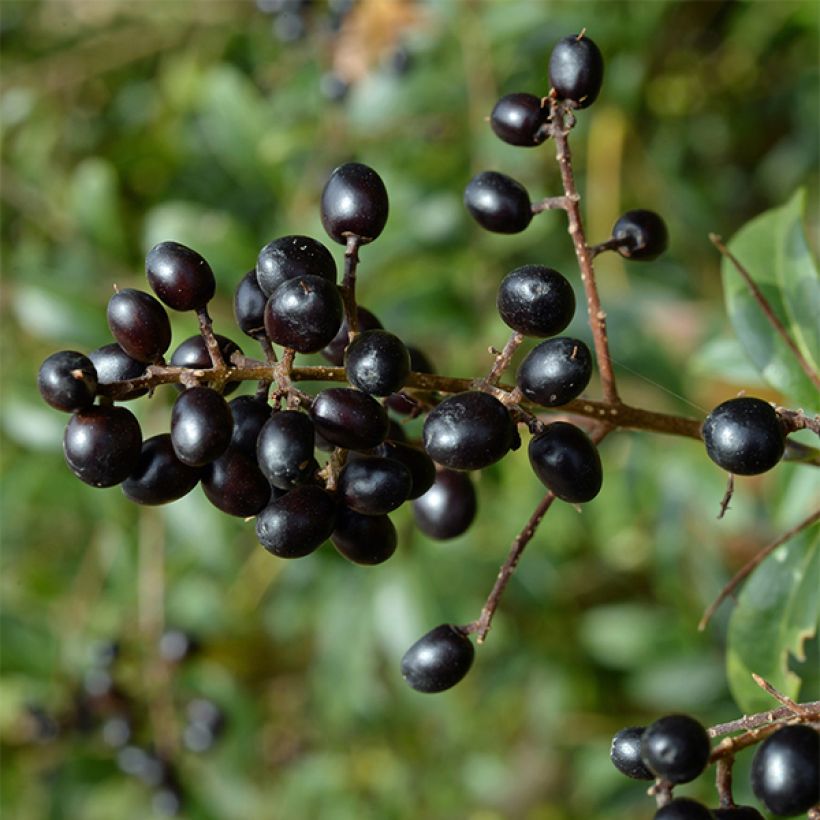

Plant habit
Flowering
Foliage
Botanical data
Ligustrum
vulgare
Lodense
Oleaceae
Common Privet, European Privet, Prim, Prim-cut
Cultivar or hybrid
Other Ligustrum - Privet
View all →Planting and care
Very undemanding, the Ligustrum vulgare Lodense is satisfied with regular ( (even limestone, stony or clay) soil, as long as it is not too dry and well-drained and with a sunny or semi-shaded exposure. Very hardy, it can withstand temperatures down to -15°C (5 °F) and more. During planting in autumn or spring, prune the young plant for dense branching. For hedges, a spacing of 50 cm (19.7 in) is required between each bush. Pruning is necessary twice a year for trimmed hedges or topiaries: in spring (April-May) and at the end of summer (August-September), by lightly pruning the branches to allow the bush to branch well.
It should be noted that the privet does not flower or flowers very little if pruned. For single bushes, pruning should be done in spring and consists of removing dead wood to maintain its beautiful habit. Possible diseases and parasites: aphids, thrips, powdery mildew.
Planting period
Intended location
Care
Planting & care advice
-
, onOrder confirmed
Reply from on Promesse de fleurs
Similar products
Haven't found what you were looking for?
Hardiness is the lowest winter temperature a plant can endure without suffering serious damage or even dying. However, hardiness is affected by location (a sheltered area, such as a patio), protection (winter cover) and soil type (hardiness is improved by well-drained soil).

Photo Sharing Terms & Conditions
In order to encourage gardeners to interact and share their experiences, Promesse de fleurs offers various media enabling content to be uploaded onto its Site - in particular via the ‘Photo sharing’ module.
The User agrees to refrain from:
- Posting any content that is illegal, prejudicial, insulting, racist, inciteful to hatred, revisionist, contrary to public decency, that infringes on privacy or on the privacy rights of third parties, in particular the publicity rights of persons and goods, intellectual property rights, or the right to privacy.
- Submitting content on behalf of a third party;
- Impersonate the identity of a third party and/or publish any personal information about a third party;
In general, the User undertakes to refrain from any unethical behaviour.
All Content (in particular text, comments, files, images, photos, videos, creative works, etc.), which may be subject to property or intellectual property rights, image or other private rights, shall remain the property of the User, subject to the limited rights granted by the terms of the licence granted by Promesse de fleurs as stated below. Users are at liberty to publish or not to publish such Content on the Site, notably via the ‘Photo Sharing’ facility, and accept that this Content shall be made public and freely accessible, notably on the Internet.
Users further acknowledge, undertake to have ,and guarantee that they hold all necessary rights and permissions to publish such material on the Site, in particular with regard to the legislation in force pertaining to any privacy, property, intellectual property, image, or contractual rights, or rights of any other nature. By publishing such Content on the Site, Users acknowledge accepting full liability as publishers of the Content within the meaning of the law, and grant Promesse de fleurs, free of charge, an inclusive, worldwide licence for the said Content for the entire duration of its publication, including all reproduction, representation, up/downloading, displaying, performing, transmission, and storage rights.
Users also grant permission for their name to be linked to the Content and accept that this link may not always be made available.
By engaging in posting material, Users consent to their Content becoming automatically accessible on the Internet, in particular on other sites and/or blogs and/or web pages of the Promesse de fleurs site, including in particular social pages and the Promesse de fleurs catalogue.
Users may secure the removal of entrusted content free of charge by issuing a simple request via our contact form.
The flowering period indicated on our website applies to countries and regions located in USDA zone 8 (France, the United Kingdom, Ireland, the Netherlands, etc.)
It will vary according to where you live:
- In zones 9 to 10 (Italy, Spain, Greece, etc.), flowering will occur about 2 to 4 weeks earlier.
- In zones 6 to 7 (Germany, Poland, Slovenia, and lower mountainous regions), flowering will be delayed by 2 to 3 weeks.
- In zone 5 (Central Europe, Scandinavia), blooming will be delayed by 3 to 5 weeks.
In temperate climates, pruning of spring-flowering shrubs (forsythia, spireas, etc.) should be done just after flowering.
Pruning of summer-flowering shrubs (Indian Lilac, Perovskia, etc.) can be done in winter or spring.
In cold regions as well as with frost-sensitive plants, avoid pruning too early when severe frosts may still occur.
The planting period indicated on our website applies to countries and regions located in USDA zone 8 (France, United Kingdom, Ireland, Netherlands).
It will vary according to where you live:
- In Mediterranean zones (Marseille, Madrid, Milan, etc.), autumn and winter are the best planting periods.
- In continental zones (Strasbourg, Munich, Vienna, etc.), delay planting by 2 to 3 weeks in spring and bring it forward by 2 to 4 weeks in autumn.
- In mountainous regions (the Alps, Pyrenees, Carpathians, etc.), it is best to plant in late spring (May-June) or late summer (August-September).
The harvesting period indicated on our website applies to countries and regions in USDA zone 8 (France, England, Ireland, the Netherlands).
In colder areas (Scandinavia, Poland, Austria...) fruit and vegetable harvests are likely to be delayed by 3-4 weeks.
In warmer areas (Italy, Spain, Greece, etc.), harvesting will probably take place earlier, depending on weather conditions.
The sowing periods indicated on our website apply to countries and regions within USDA Zone 8 (France, UK, Ireland, Netherlands).
In colder areas (Scandinavia, Poland, Austria...), delay any outdoor sowing by 3-4 weeks, or sow under glass.
In warmer climes (Italy, Spain, Greece, etc.), bring outdoor sowing forward by a few weeks.






























